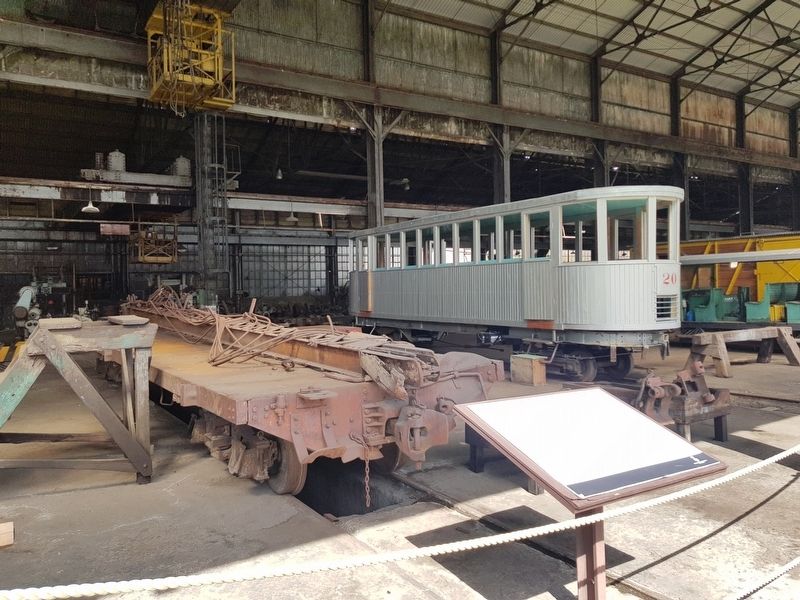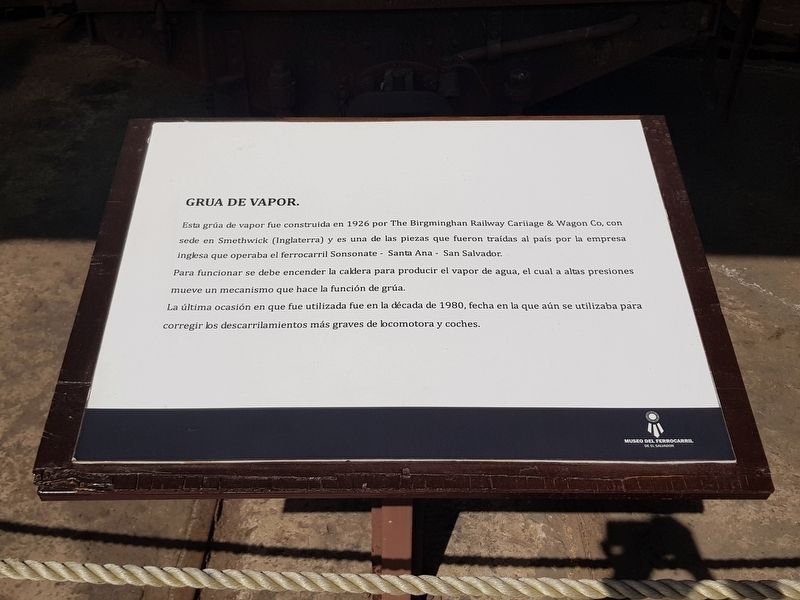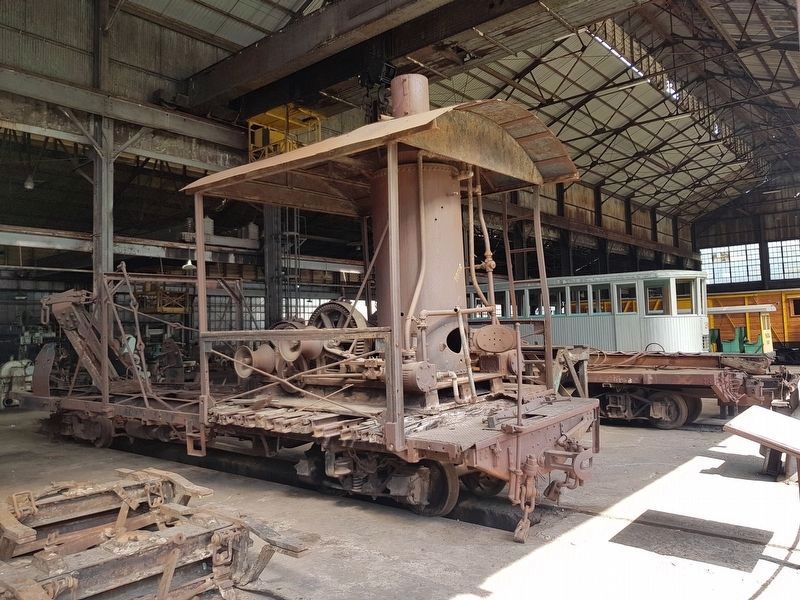San Salvador, El Salvador — Central America (West Coast)
Steam Crane
Esta grúa de vapor fue construida en 1926 por The Birgminghan Railway Cariiage & Wagon Co, con sede en Smethwick (Inglaterra) y es una de las piezas que fueron traídas al país por la empresa inglesa que operaba el ferrocarril Sonsonate - Santa Ana - San Salvador.
Para funcionar se debe encender la caldera para producir el vapor de agua, el cual a altas presiones mueve un mecanismo que hace la función de grúa.
La última ocasión en que fue utilizada fue en la década de 1980, fecha en la que aún se utilizaba para corregir los descarrilamientos más graves de locomotora y coches.
Steam Crane
This steam crane was built in 1926 by The Birmingham Railway Carriage & Wagon Company, based in Smethwick (England) and is one of the pieces that were brought to the country by the English company that operated the Sonsonate - Santa Ana - San Salvador railway.
To operate it, the boiler is heated in order to produce water vapor, which at high pressures moves a mechanism that acts as a crane.
The last time it was used was in the 1980s, when it was still used to correct the most serious locomotive and car derailments.
Erected by Museo del Ferrocarril de El Salvador.
Topics. This historical marker is listed in these topic lists: Industry & Commerce • Railroads & Streetcars. A significant historical year for this entry is 1912.
Location. 13° 42.104′ N, 89° 10.601′ W. Marker is in San Salvador. Marker can be reached from Avenida Peralta west of Bulevar Venezuela, on the right when traveling west. The marker is on the grounds of the El Salvador Train Museum (Museo del Tren de El Salvador). A small admission fee is required. Touch for map. Marker is in this post office area: San Salvador 01101, El Salvador. Touch for directions.
Other nearby markers. At least 8 other markers are within walking distance of this marker. Maintenance and Personnel (a few steps from this marker); Caboose (within shouting distance of this marker); Second Class Railcar (within shouting distance of this marker); The Cuscatlán Car or Presidential Wagon (within shouting distance of this marker); El Niño Canillón (The Tall Boy) (within shouting distance of this marker); The 800s Locomotives (about 120 meters away, measured in a direct line); Dr. José Matías Delgado (approx. 1.3 kilometers away); El Rosario Church (approx. 1.4 kilometers away). Touch for a list and map of all markers in San Salvador.

Photographed By J. Makali Bruton, July 14, 2019
3. The nearby Supporting Platform and Marker
La plataforma madrina, era el nombre que se le daba a la plataforma donde se colocaba la pluma de las grúas usadas en la línea férrea. En este caso, es una plataforma de origen inglés que data de 1926 y fue usada por la compañía inglesa que administraba el ferrocarril de occidente. Por su naturaleza, ha permanecido por décadas adjunta a la grúa de vapor.
Supporting Platform
This was known as a “supporting platform”, the name given to the platform where the boom of the cranes used on the railway line was placed. In this case, it is a platform of English origin dating from 1926 and was used by the English company that administered the western railway. By its nature, it has remained nearby to the steam crane for decades.
Credits. This page was last revised on March 20, 2024. It was originally submitted on August 21, 2019, by J. Makali Bruton of Accra, Ghana. This page has been viewed 201 times since then and 5 times this year. Photos: 1, 2, 3. submitted on August 21, 2019, by J. Makali Bruton of Accra, Ghana.

